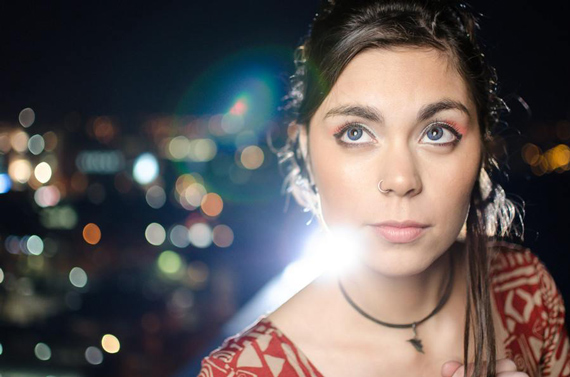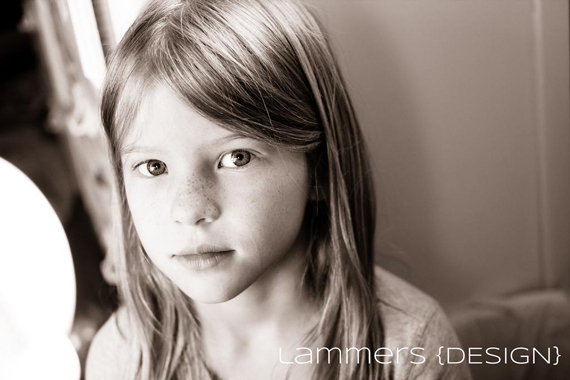In the past few portrait photography photo tips articles, we’ve been discussing how to light a portrait. So far, we’ve covered how and when to use four different lights. The basic three light set and the first specialty light, the “hair light”.
Today’s portrait photography photo tip will end our discussion of lighting with the last specialty light, the accent light.
While I’m referring to today’s specialty light as an “accent light,” we most often use it to put a catchlight in the eyes–so you will often hear it referred to as an “eye light”. At times, it is also called a “kick light”.
By the way, you are not limited to just one. You could have an accent light for the eyes and others accenting anything you want. If for some, unknown reason you want to accent these things, you could have an accent for jewelry, fingernails, or even a certain point in the backdrop. Anything you want to drive the viewer’s eye toward. It’s like a mini spotlight.
So while I say there are five types of lights, I’m referring to categories, not the number of lights being used. Your set could literally have dozens of accents. (Technically, the hair light is an accent, but we use it so often that it deserves its own category.)
Keep in mind that the basic three light set will handle most of your needs. You should only add additional accents if you really need them. Every time you add an extra light, you increase the technical difficulty and the chances that it will mess up your photo. In other words, just because you have extra lights, doesn’t mean you need to add them.
Today’s Portrait Photography Photo Tip: Use an Eye Light
Sometimes you will have a pattern that makes it difficult to put a catchlight in both eyes. An example of this would be the split lighting pattern. One side of the face is bright, and the other side is in shadow. If we want a deep shadow, we may opt not to use a fill flash, so there is no catchlight hitting the shadowed eye.
Or, you may have a subject with a large nose that blocks the light or exceptionally deep set eyes that don’t let in a catchlight.
Catchlights are vital! You must have them. Without a catchlight in both eyes, the eyes look dead and lifeless, and your viewers (and subjects) will NOT like the portraits.
The fix? Add an eye light. This is nothing more than a little light that is aimed at the eyes –or whatever you are trying to accent– and is blocked as much as possible from hitting anything else. Here is where using a snoot will come in handy.
A snoot is a photo gadget that you slip over a light. It looks like a cone and it narrows the beam of light so it only hits whatever area you are trying to accent. In the case of the eye light, you would focus the beam on the face in the area of the eyes.
Caution: it is virtually impossible to have an eye light that is only lighting the eyes. It will illuminate at least some of the face and, in effect, could increase the exposure value. Be careful that you don’t set it to be too bright.
Another problem with setting the eye light too bright is that it could introduce another set of shadows on the face. This is a no-no. The only shadows we want should be from the key light.
The good news is that since the eyes are a mirrored surface, the eye light doesn’t need much strength. It can be very weak and still do the job.
Another caution is to make sure you only have one catchlight in each eye. We are trying to make the eyes look bright, intelligent, and natural; multiple catch lights don’t look natural. Set up your accents in such a way that there is only one catchlight. If you can’t do this, you will need to go into Photoshop and remove the extras. (They should be round, too!)
Practice adding accent lights–particularly eye lights. The results are worth it.
Today’s portrait photography photo tip–use an accent light–ends our discussion of lighting. If you’ve read all the previous lighting articles–and practiced them–you know more about portrait photography lighting than 90% of all the photographers out there. Including professionals!
About the Author:
Dan Eitreim writes for ontargetphototraining.com. He has been a professional photographer in Southern California for over 20 years. His philosophy is that learning photography is easy if you know a few tried and true strategies.
Like This Article?
Don't Miss The Next One!
Join over 100,000 photographers of all experience levels who receive our free photography tips and articles to stay current:








Leave a Reply